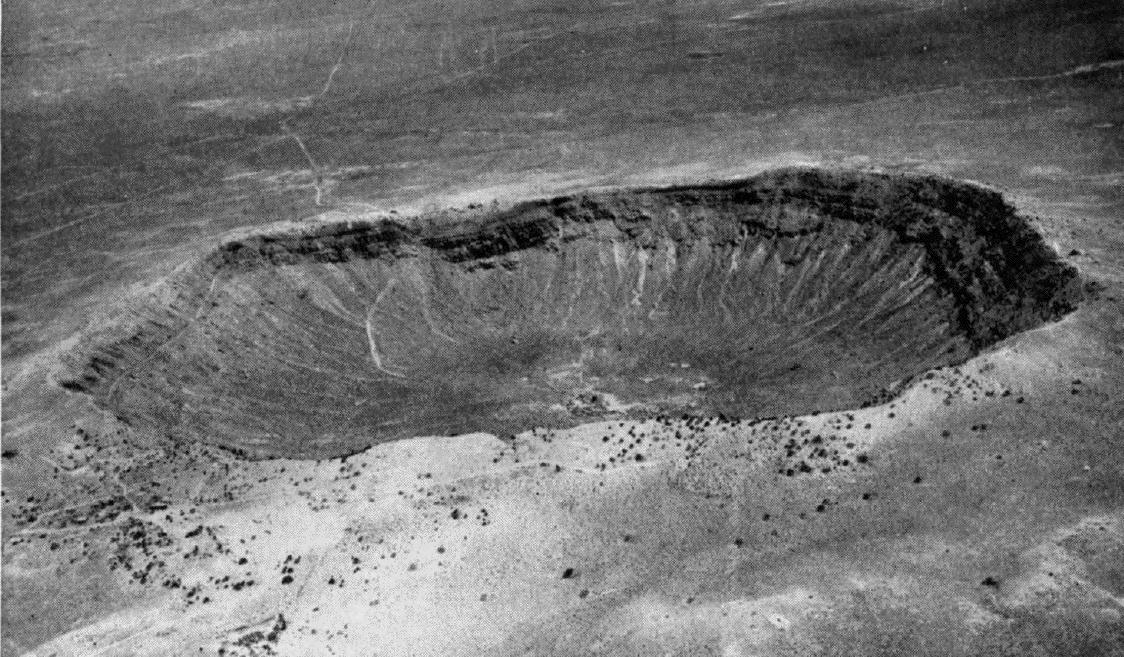Asteroids are potentially dangerous, particularly near-Earth asteroids: those asteroids with orbits that can bring them into close approach and possible impact with the Earth. We know fairly well the impact effects of asteroids the size of large boulders, up to asteroids the size of big city busses. This is because humans have either witnessed these effects firsthand or studied effects after impact (see FAQ info on the Tunguska and Chelyabinsk asteroids impacts, and frequency of impacts). The 3013 Chelyabinsk impact in Russia, despite the asteroid displacing much of its impact energy in the upper atmosphere, still sent over 1500 to seek medical attention for cuts, bruises, burst ear drums, etc. Scientists have also studied the effects of very large size asteroid impacts (asteroids >1km across) by close geologic, geophysical and geochemical examination and mapping of the global rock record, including the fossil record to determine how life was affected. For example, the impact of a 10-km wide (~6-miles) 'Chicxulub asteroid that impacted earth ~66 million years ago, that killed off numerous life forms including the dinosaurs has been well documented (although significant questions remain). The impact energy that asteroids impart into a target (such as Earth) is largely dependent upon its mass and velocity. The larger the asteroid, and the faster it is travelling, the larger the energy of impact. Asteroid velocities range between 12-40 km per sec (7-25 miles per sec), and larger asteroids tend to retain this cosmic velocity, meaning that they are not slowed much by Earth's atmosphere. Other factors include the asteroid's composition (rock or metal; or ice if it's a comet); it's bulk density, angle of entry, target material (e.g. ocean platform or continental crust), etc. To calculate the effects of various types of your own modeled impacts check out this cool Earth impactor tool.

Meteor Crater in northern Arizona. The 1.2-km (0.75 mile) crater was produced about 50,000 years ago by the impact of a ~50-meter (165-ft) metallic iron-nickel asteroid.
To be clear, the probability that any person living today will be injured or killed by an asteroid impact is about as close to 0% as you can get. However, into the future, if we do nothing to discover, track, and ultimately evade asteroid impacts, the probability that life on Earth will be seriously disrupted or destroyed is about 100%. Fortunately, we are doing something: In the USA we fund surveys, like the Catalina Sky Survey, that are wholly dedicated to survey and discover potentially hazardous asteroids; and more survey projects are in development to increase our understanding of the asteroid threat. Also, there is ongoing funded research into how we might deflect a potentially dangerous asteroid. It is a matter of time before the nations of the world commit to funding a series of at-the-ready deflection projects.



